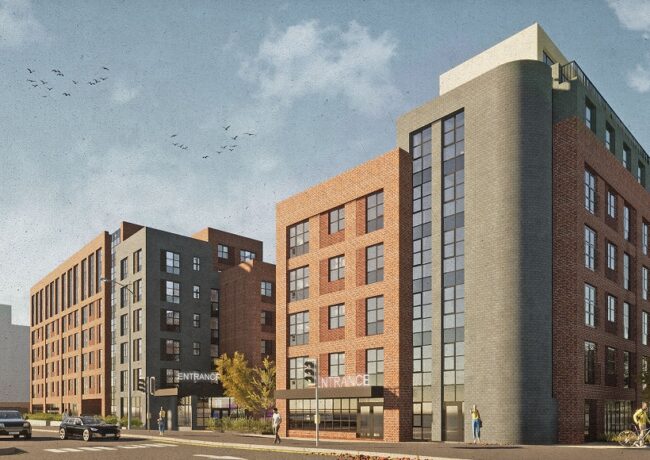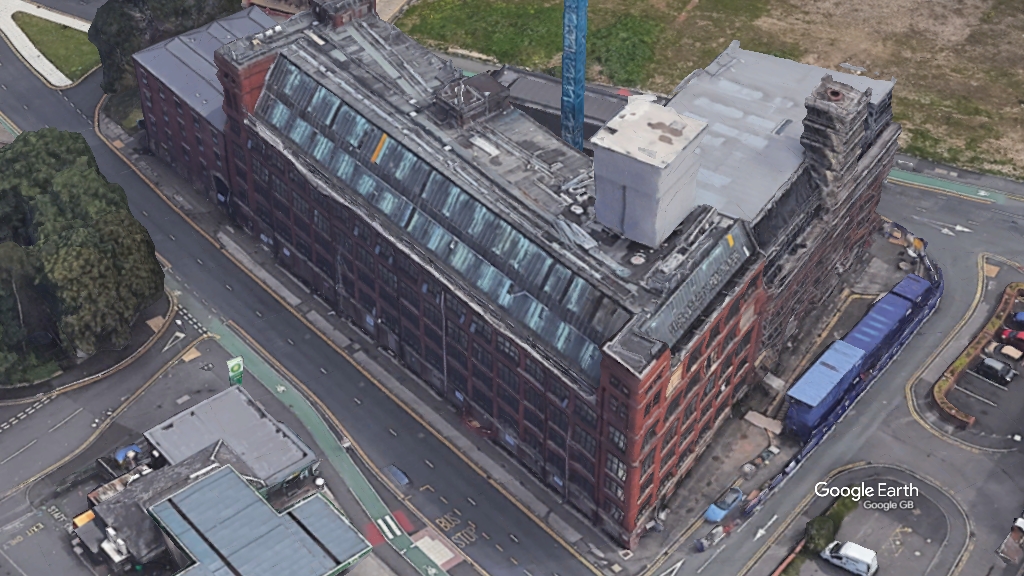Commentary
COMMENT | Creating a technological Powerhouse
 If you’re reading this article, it’ll probably be from the UK. In which case, according to Akamai’s State of the Internet, your page will (on average) have loaded more slowly than if you were in Singapore, Bulgaria, Czech Republic, and even Romania. We’re 19th in the global broadband leagues. Caroline Haynes writes.
If you’re reading this article, it’ll probably be from the UK. In which case, according to Akamai’s State of the Internet, your page will (on average) have loaded more slowly than if you were in Singapore, Bulgaria, Czech Republic, and even Romania. We’re 19th in the global broadband leagues. Caroline Haynes writes.
The UK’s slow broadband is down to Openreach’s architecture, which relies on two stages: ‘fibre to cabinet’, which runs from the telephone exchange to street cabinets; and ‘old fashioned copper from cabinet to front door’ which funnily enough, does not have a fancy name. This means data travels rapidly to your street, before crawling to your house.
The key cause of this problem is the structure of the broadband market. Currently, fibre providers like BT build and run large fibre networks which they then sell customers access to. If you are using BT Openreach, your zeros and ones are running up and down BT installed lines. If you are using Sky broadband, you are using Sky-installed and owned fibre lines. Cityfibre? Ditto.
If the fibre market was functioning healthily, businesses and households would have an array of different fibre providers to choose from. But they don’t. Across much of the country, there is only one provider, BT Openreach, subsidized by the Government to the tune of £1.6bn. Even the majority of cities have at most two competing providers, with broadband speeds remaining pretty patchy.
Fibre is important and will only become more important. The emerging high growth industries that generate high value jobs and rejuvenate areas are attracted by fast broadband speeds. Companies that process huge datasets need fibre to access and simultaneous process data on the cloud. The highly productive, skilled and technologically advance companies that all cities want crave this speed.
Yet today, if you head up a Northern City and wish to introduce a game-changing increase in broadband speeds, the options are limited. At most, you can try and persuade a fibre company to take the challenge and invest in your city.
But there is another way.
Instead, cities or developers could co-fund the creation of their own dark fibre networks. These new networks could be built as ‘fibre to the premises’, with fast networks racing straight to business premises. And most excitingly, space on the dark fibre networks could then be leased to any retail broadband provider, whether Vodafone, BT or even Pokemon Go. Because the cities would own, or co-own, the infrastructure, they would have direct control over network speed and future investment and would create valuable revenue-earning assets. Cities would have direct control over one of the most important competitive levers they have.
To date this has been impossible thanks to European state aid rules. In one instance, a UK city invested in dark fibre under a small spatial area of the city and even that was shut down as a breach of state aid. However, with the UK’s vote to leave the EU, direct investment by cities in fibre infrastructure is now a possibility.
With the wealth of funds sitting in infrastructure investment funds itching to be vested, now is the time to break the mould. Or even snap the copper. Let’s help the UK’s cities become known not just for having some of the fastest and most consistent broadband speeds in the world, but also for having some of the most progressive infrastructure investment models.
- Caroline Haynes is a director of city region economic advisory firm Metro Dynamics




